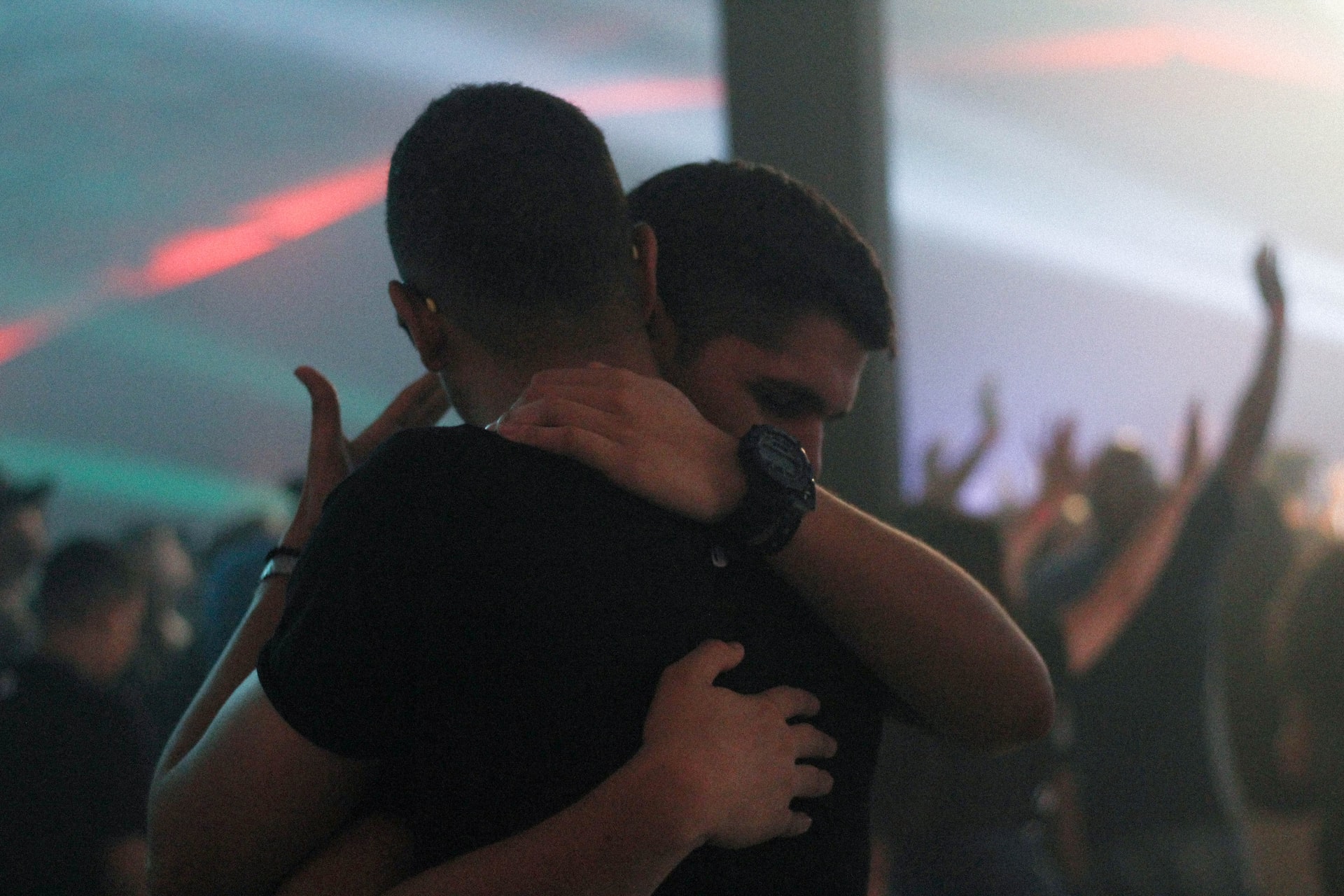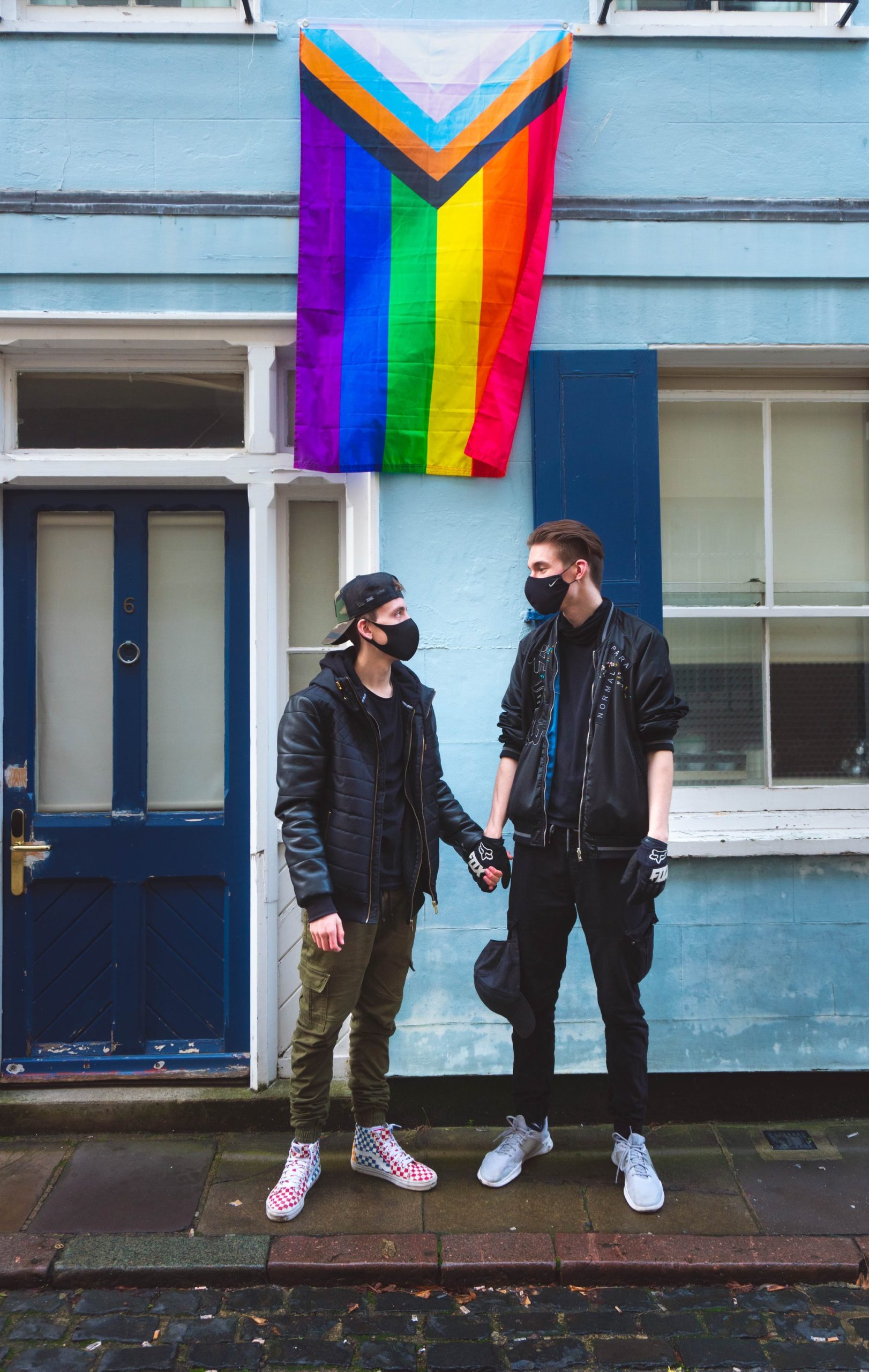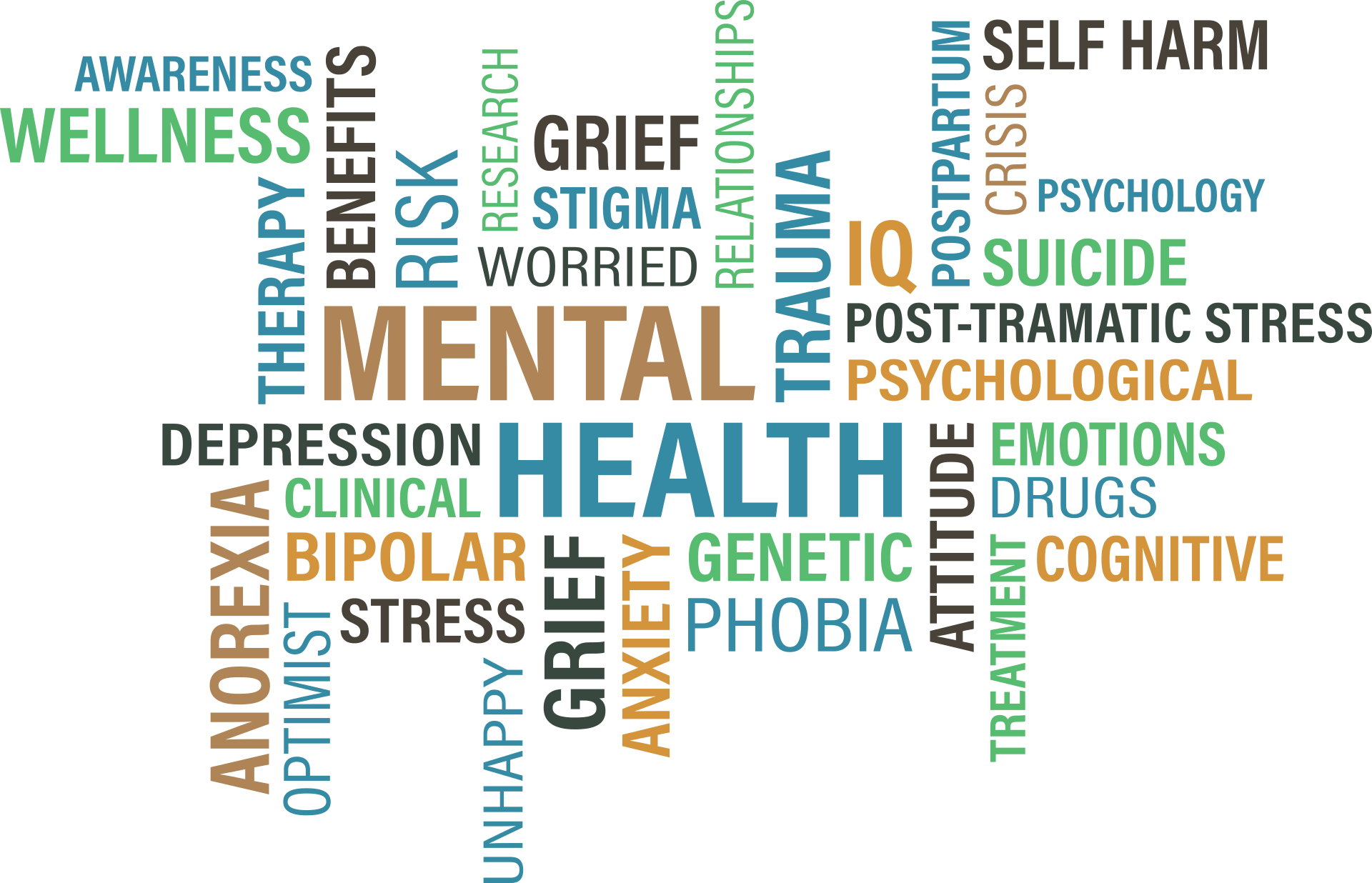
5 Things To Know About Living With Social Anxiety Disorder As A Queer Person
A lot of us suffer from social anxiety disorder but did you know that being queer can increase your likelihood form suffering from it? Growing up as a member of the LGBTQIA+ community isn’t always rainbow and sunshine; there were probably few examples of how to form a relationship that involved you. In the simplest case, it’s like being left-handed and growing up in a right-handed world.
This is a natural reaction to persistent prejudice and discrimination, but it can also lead to shame and fear. This can lead to open violence or hate crimes in the worst case. As a result, you learn to interpret each situation and decide how safe it is to be yourself. So, without further ado, let’s dive into this blog and learn more about facing social anxiety disorder as a queer person.
1. The social context

Also noteworthy is that Social Anxiety Disorder typically develops during adolescence, the same period when LGBTQ+ people first experience shame and hate in their lives. When the external world is filled with negative messages about you, you may see yourself as unlovable and flawed. Over time, these external messages can become internalized and shape how one thinks about oneself. This experience can have a strong and lasting negative impact on your mental health.
2. The causes of social anxiety in the LGBTQ+ population
While the factors involved in the development of SAD are the same as for heterosexual and/or same-sex people, the social context in which LGBTQ+ people live can be a factor in aggravating social anxiety. You have grown up in a world that does not seem to welcome you, and over time you may have internalized this message. This can lead to the development of a core belief that you are not a person of value may be partly the result of minority stress.
Minority stress is a chronic high level of stress experienced by a group of people against whom there is discrimination, stigma, prejudice, and in this case, homophobia or transphobia. One may be exposed to open aggression or subtle insinuations that one will not be accepted if one comes out. In this way, one learns to keep a part of oneself silent, which can lead to increased anxiety.
Of course, LGBTQ+ people are also at risk for Social Anxiety Disorder due to the same environmental and genetic factors as the general population. Your predisposition to anxiety and other types of mental disorders due to your heredity, upbringing, and early experiences makes a diagnosis of SAD more likely.
3. Seeking help

As an LGBTQ+ person with social anxiety, it can be difficult to admit that you need help. It can be doubly difficult to reach out to your doctor because you find it hard to talk to other people because of your social anxiety. You feel like you or someone you know is being discriminated against because you are queer. In this way, you might be “coming out” to your medical practitioner in more ways than one- a situation that just seems too difficult.
If talking to your doctor seems too tricky right now, consider what you can do yourself to boost your confidence, such as joining a support group or trying an online course or a self-help book. People who have a healthy self-image are less likely to suffer severe impairment from minority stress. Therefore, it is important that you address the deeply held, ingrained belief that you are socially inept or unworthy. Although it may seem complicated, boosting your self-esteem will be the first step in getting help.
4. Medication
Your doctor may prescribe medication for severe social anxiety, such as a selective serotonin reuptake inhibitor (SSRI). Medications are usually taken over a period of time to help you reduce your anxiety. Medications are generally more effective when combined with cognitive work, such as (CBT) which is also known as cognitive-behavioral therapy or acceptance and commitment therapy (ACT) for social anxiety.
5. Therapy

CBT for SAD is about identifying the fundamental beliefs that underlie negative thoughts. By changing your thought pattern, you learn to see situations more realistically. If you must undergo therapy, you must find a therapist who supports you as a queer person and understands the context/space you live in and a therapist who explicitly understands social anxiety disorder. Although it may seem complicated, some therapists meet these criteria.
Problems may arise if you do not feel comfortable with your therapist. While it is true that there are still therapists who view being LGBTQ+ as a mental illness to be cured, there are fewer and fewer. Discuss with your therapist how different your experiences with anxiety may be, and make sure there is a good fit before agreeing and starting therapy.
Final thoughts
Tell the person that you love and appreciate them for who they are. Think of your friend or family member the same way you would think of anyone else with social anxiety disorder. You may also find help through resources for your family members or friend, such as support groups, group therapy, or self-help opportunities.
Also, do not ignore a person’s request to be called by a particular name or by other pronouns. What may seem like a detail to you may very well be an essential part of that person’s self-acceptance. Use more inclusive language and be open and friendly to show your support for your family member or friend, so they know you are someone they can confide in.
Strive to unlearn homophobic, biphobic, and transphobic language so that you can fully support your loved one. Sound off in the comments section below and tell us what you want to read next and if you want to read more about social anxiety disorder.
You May Also Like

Top 3 Things To Improve Customer Satisfaction In Your Pharmacy
2022-12-27
What Are the Different Types of Cancer
2022-02-02


One Comment
Pingback: